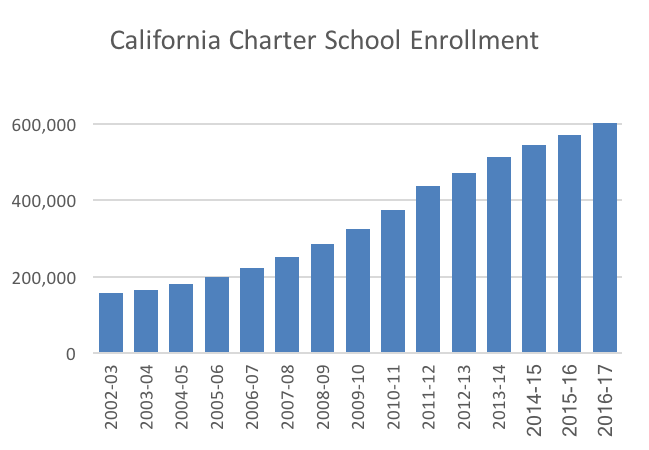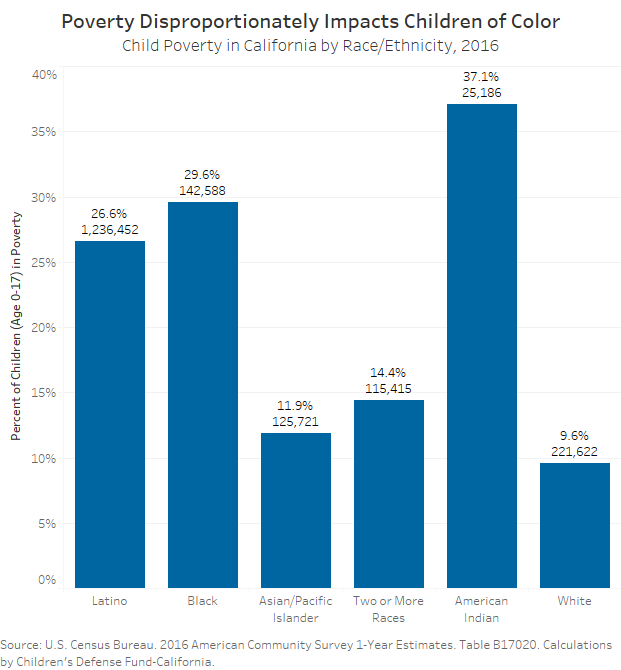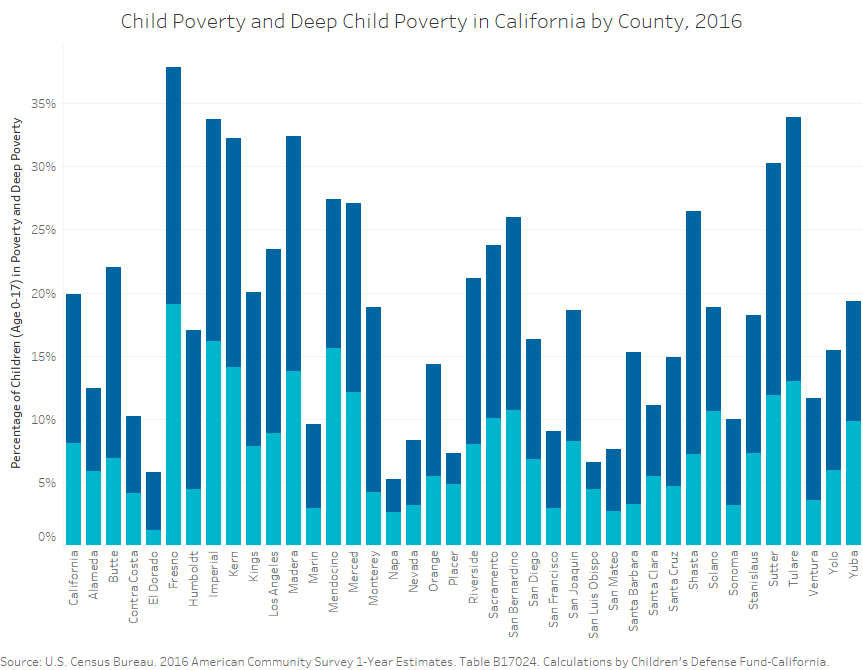Should All Charter Schools Provide a Free Meal to Needy Students?

Anybody Hungry?
While some states require charter schools to provide free and reduced price meals to needy students, California is not on that list.
Why not?
In California, charter schools are free from a long list of state rules to give them greater flexibility in running a school. One of those rules is the requirement to provide a “nutritionally adequate” free or reduced price meal to needy students. The vast majority of charter schools provide food, but they aren't required to do so, and some don't.
This may be changing. A new bill, AB 1871, proposes that all needy children get these meals, including those who attend charter schools.
A Bit of Background
Providing low-income children with free and reduced price meals is one of the most significant roles schools play in supporting their health and education. In California, subsidized lunches were being served widely in Los Angeles by 1921. In 1946 the National School Lunch Act extended the idea to all states. It was framed as a matter of national security: no child in school should be hungry.
In California, this is particularly important. California has more children living in poverty than any other state. According to the US Census Bureau, one-fifth of California's children live in poverty, and 8% live in deep poverty. Poverty rates are highest for California's African-American, Latino and Native American students.
Poverty rates also vary a great deal within the state. For example, in San Francisco less than 10% of children live below the poverty line; in Fresno county, by contrast, the child poverty rate exceeds 39%.
Food insecurity affects more students than those living below the official poverty line. Well over half of California's students in public schools (3.6 million, or nearly 60%) are eligible for free or reduced-price meals in school.
Recent research underscores the value of providing students with food that's worth eating. "Students at schools that contract with a healthy school-lunch vendor score higher on CA state achievement tests. … The test score gains, while modest in magnitude, come at very low cost. … The relatively low cost of healthy vendors when compared to in-house meal preparation makes this a very cost-effective way to raise test scores."
Charter Meals
Charter schools are a growing part of California's education system.

According to California Food Policy Advocates (CFPA), an Oakland-based nonprofit organization, more than 340,000 charter school students in California are eligible for free or reduced-price meals. Most charter schools provide them. However, according to Tia Shimada, CFPA Director of Programs, “more than 71,000 of these students are enrolled in charter schools that do not offer free and reduced-price meals — or, in many cases, any meals at all.“ (The proposed law does not apply to online virtual charter schools. Low income students who are enrolled in non-classroom-based or non-site-based instruction are excluded from this number.)
How do schools provide free and reduced priced meals?
California Food Policy Advocates (CFPA) breaks down the basics:
All California public schools, including charter schools, can participate in both federal and state programs that enable them to serve meals to low-income students.
Federal and state funds can be used for food, staffing, equipment, and other expenses. Grants and loans are available to support the startup, expansion, and improvement of school meal programs.
Charter schools are free to choose meal options. They can prepare meals on-site or through a contract with a school meal vendor such as a local school district or with a food service management company.
Should ALL needy children receive a free or reduced priced meal?
This is not a new question. It was debated several years ago in California. A 2010 report by the California state auditor highlighted the lack of reliable data about food service for students in charter schools. Through surveys the audit identified 39 examples of charter schools that did not provide breakfast or lunch. They cited a variety of reasons:
- Lack of a kitchen, cafeteria, or other facility to prepare and deliver meals.
- Lack of funding and staffing to operate an alternative meal program or participate in the breakfast and lunch program.
In response to the findings of the audit, in 2012 the California legislature passed a bill requiring charter schools to provide meals — similar to this year's proposal. Governor Brown vetoed it. The veto statement went to the heart of the idea behind charter schools:
“Pupil nutrition is profoundly important, but so also is the fundamental premise of charter schools that they be free from large portions of the voluminous state Education Code. I am reluctant to erode the independence and flexibility that have well served the families and teachers who choose charter schools.”
What Next?
The California legislature is now poised (again) to debate the question: should charter schools be exempt from the requirement to provide a free or reduced-price meal to needy students?
We recently asked the California Charter School Association to provide information on the challenges charter schools face in providing meal programs. Here is what they shared:
“Many of us are housed in strip mall stores, leased facilities, churches, and district facilities with no direct access to proper kitchens… Our individual small schools do not have the support infrastructure districts have and our per pupil costs are much higher. Given the smaller size of individual schools versus the size of districts, finding cost effective outside vendors is much more challenging… Without a proper kitchen I would not meet the county health standards and we were too small to entice outside vendors.”
CFPA addresses the challenges that schools face, saying:
“While all students deserve access to first-rate school facilities, many public schools face infrastructure challenges and are still able to offer meals without a kitchen or cafeteria. In fact, a statewide survey found 70 percent of California school districts deal with infrastructure limitations when serving nutritious school lunches.”
The legislature has a decision to make.
Which is more important?
- Charter school independence and flexibility?
- Providing all needy public school children — including those who attend a charter school — with a nutritionally adequate free or reduced price lunch?
What do you think? Leave a post for me on Facebook, Twitter, or using the comments feature of Ed100.org.
Tags on this post
Charter schools Local control Nutrition PovertyAll Tags
A-G requirements Absences Accountability Accreditation Achievement gap Administrators After school Algebra API Arts Assessment At-risk students Attendance Beacon links Bilingual education Bonds Brain Brown Act Budgets Bullying Burbank Business Career Carol Dweck Categorical funds Catholic schools Certification CHAMP Change Character Education Chart Charter schools Civics Class size CMOs Collective bargaining College Common core Community schools Contest Continuous Improvement Cost of education Counselors Creativity Crossword CSBA CTA Dashboard Data Dialogue District boundaries Districts Diversity Drawing DREAM Act Dyslexia EACH Early childhood Economic growth EdPrezi EdSource EdTech Education foundations Effort Election English learners Equity ESSA Ethnic studies Ethnic studies Evaluation rubric Expanded Learning Facilities Fake News Federal Federal policy Funding Gifted Graduation rates Grit Health Help Wanted History Home schools Homeless students Homework Hours of opportunity Humanities Independence Day Indignation Infrastructure Initiatives International Jargon Khan Academy Kindergarten LCAP LCFF Leaderboard Leadership Learning Litigation Lobbyists Local control Local funding Local governance Lottery Magnet schools Map Math Media Mental Health Mindfulness Mindset Myth Myths NAEP National comparisons NCLB Nutrition Pandemic Parcel taxes Parent Engagement Parent Leader Guide Parents peanut butter Pedagogy Pensions personalized Philanthropy PISA Planning Policy Politics population Poverty Preschool Prezi Private schools Prize Project-based learning Prop 13 Prop 98 Property taxes PTA Purpose of education puzzle Quality Race Rating Schools Reading Recruiting teachers Reform Religious education Religious schools Research Retaining teachers Rigor School board School choice School Climate School Closures Science Serrano vs Priest Sex Ed Site Map Sleep Social-emotional learning Song Special ed Spending SPSA Standards Strike STRS Student motivation Student voice Success Suicide Summer Superintendent Suspensions Talent Teacher pay Teacher shortage Teachers Technology Technology in education Template Test scores Tests Time in school Time on task Trump Undocumented Unions Universal education Vaccination Values Vaping Video Volunteering Volunteers Vote Vouchers Winners Year in ReviewSharing is caring!
Password Reset
Search all lesson and blog content here.
Login with Email
We will send your Login Link to your email
address. Click on the link and you will be
logged into Ed100. No more passwords to
remember!
















Questions & Comments
To comment or reply, please sign in .
cleo.smith5 February 20, 2018 at 2:22 pm